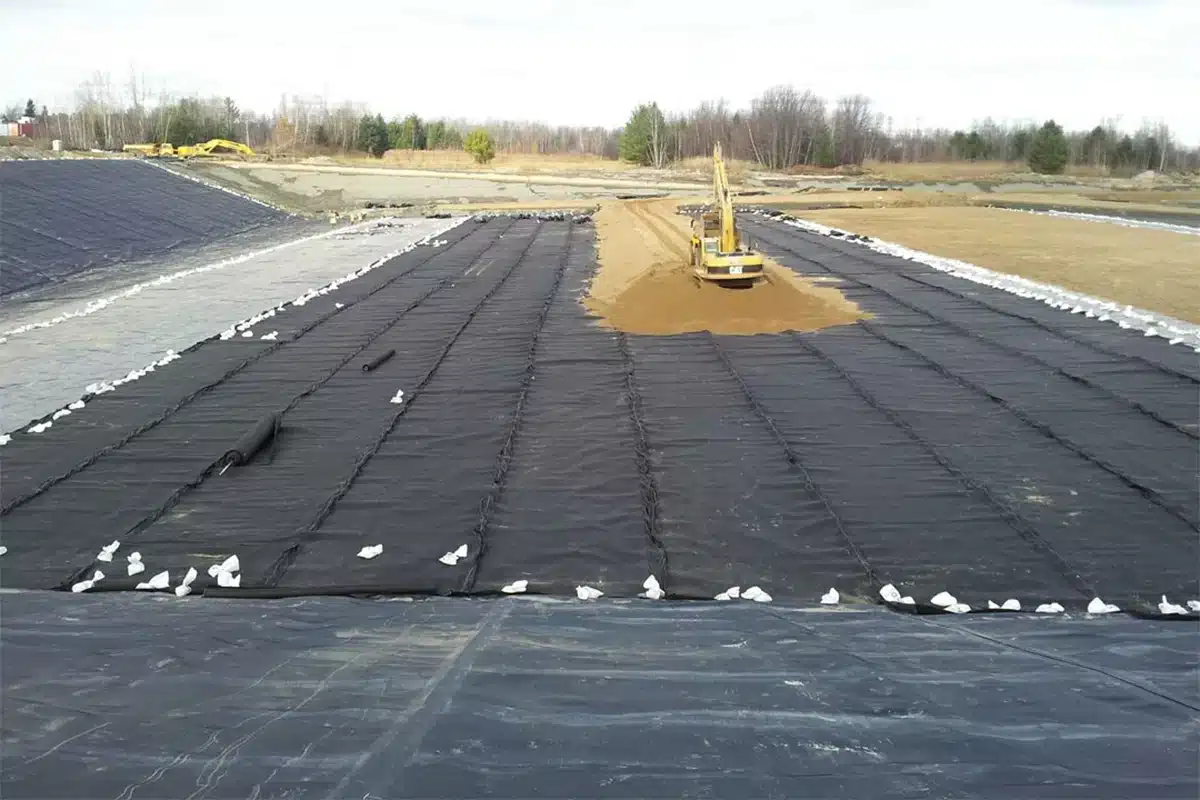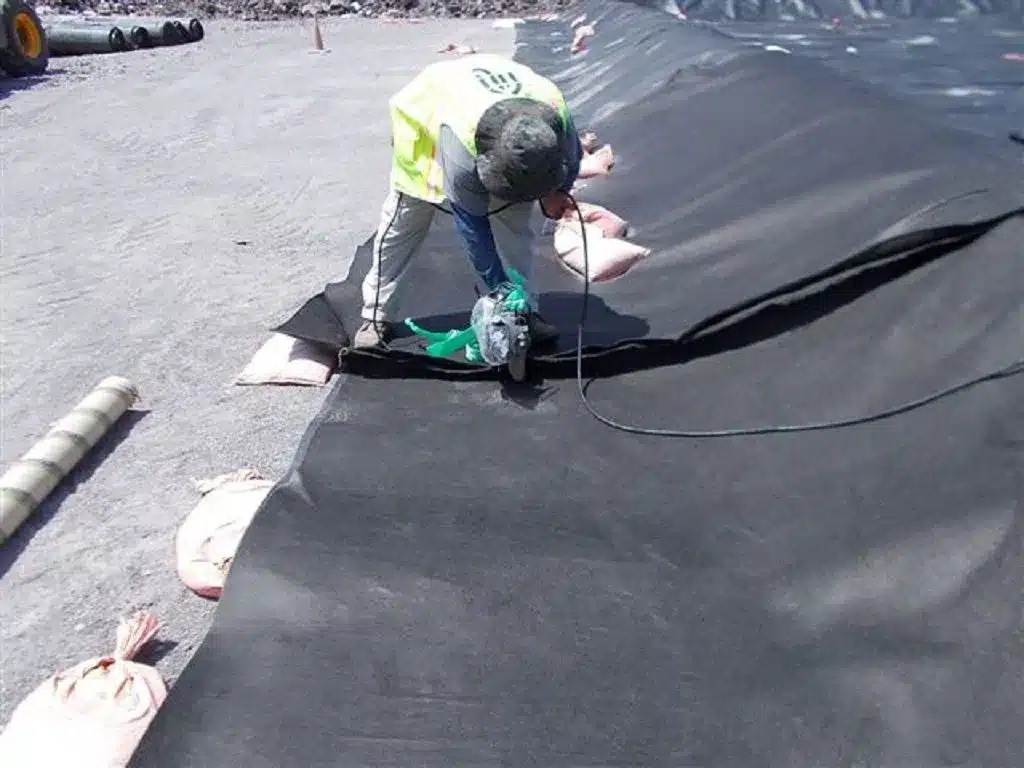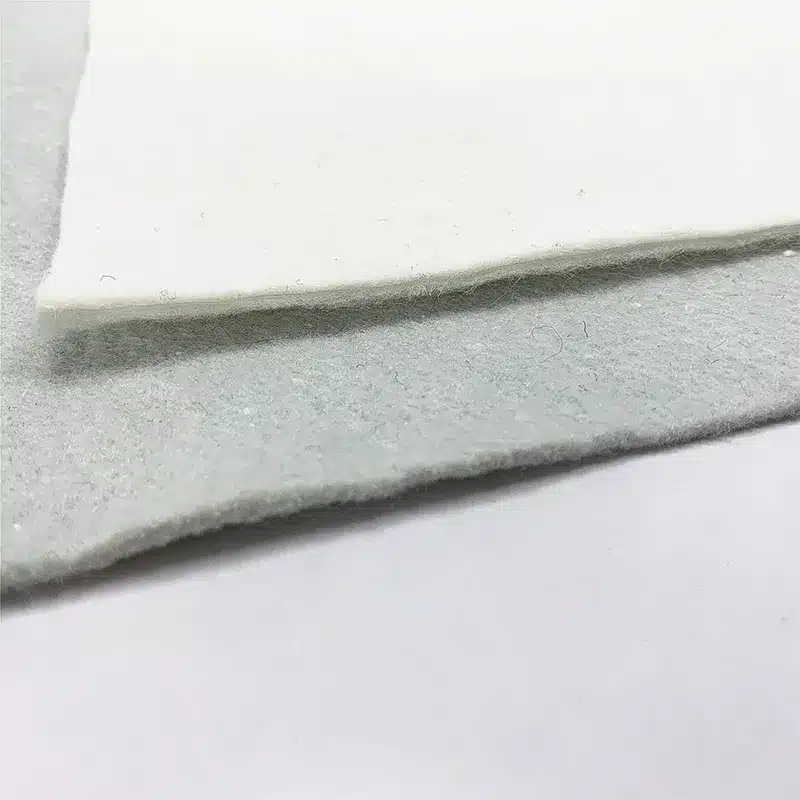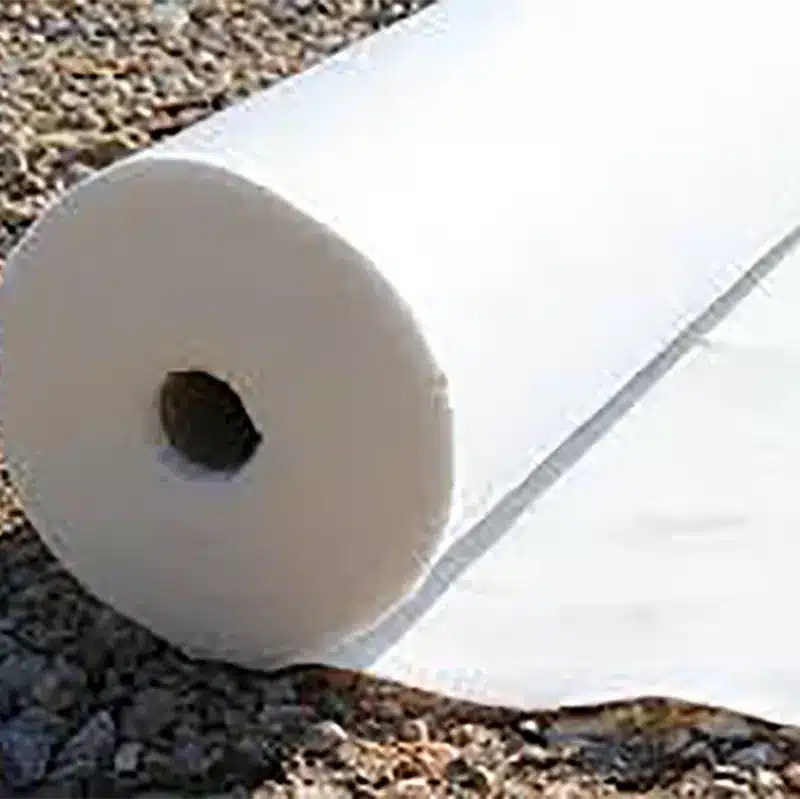+86-159 9860 6917
info@geofantex.com
geofantex@gmail.com
+86-400-8266163-44899
Geotextile ground cover, a term that might sound complex, is actually a revolutionary material that’s transforming how we interact with our natural landscape. At its core, geotextile is designed to provide effective soil stabilization, filtration, and protection, making it an indispensable tool for a variety of environmental and construction projects. This article dives deep into the world of geotextile ground covers, answering key questions about its composition, uses, and benefits, especially focusing on its role in soil management and erosion control.

Is Geotextile the Same as Landscape Fabric?
Yes, and no, but also, “No, absolutely not” when it comes to considering all geotextiles and landscape fabrics as interchangeable. Geotextile is indeed a broader term that encompasses a variety of synthetic fabrics designed for soil stabilization and protection. Within this broad category, landscape fabric emerges as a specialized type of geotextile, meticulously engineered to suppress weeds and separate soil layers, positioning it as a distinct subset of geotextiles. Thus, while all landscape fabrics qualify as geotextiles, it’s crucial to understand that not all geotextiles are crafted with the specific functions of landscape fabric in mind.
What is the Use of Geotextile in Soil?
Geotextile serves multiple critical functions in soil management, notably including the role of filter fabrics in subsurface drainage and erosion control applications. Its primary uses are multifaceted and essential for sustainable soil health:
- Separation: It excels at preventing the mixing of different soil layers, a fundamental step in maintaining the structural integrity of varied construction and landscaping projects.
- Filtration: Geotextile acts as an advanced filtration system, allowing water to pass through while retaining soil particles. This capability is crucial in preventing clogging and preserving the integrity of drainage systems, especially in the context of filter fabrics used in subsurface drainage and erosion control.
- Reinforcement: By enhancing the stability and load-bearing capacity of soil structures, geotextile contributes significantly to the longevity and resilience of infrastructure.
- Protection: As a barrier against erosion, geotextile protects the soil from damage caused by construction activities and environmental degradation, underscoring its importance in both subsurface drainage and erosion control measures.

What are the 3 Main Uses of a Geotextile?
Geotextile serves multiple critical functions in soil management, excelling in draining water, separating different soils from each other, and reinforcing soil across various applications. Its primary uses include:
- Erosion Control: Geotextiles are widely utilized to protect soil from erosion caused by water or wind. This is particularly important on slopes and in areas susceptible to heavy rains, where their ability to separate different soils and reinforce the soil structure minimizes erosion.
- Roadway Construction: In the realm of roadway construction, geotextiles contribute to the strength and durability of the roadbed. By draining water effectively, separating the subgrade soil from the road base material, and reinforcing the overall soil structure, they stabilize the soil base and ensure a longer lifespan for roads and pavements.
- Drainage Systems: Geotextiles play a pivotal role in drainage systems, where they prevent the accumulation of silt and maintain effective water flow through the soil. Their filtration capability is key in draining water efficiently, ensuring that drainage systems remain unclogged and functional over time.
How do Geotextiles Prevent Soil Erosion?
Geotextiles prevent soil erosion by acting as a protective layer over the soil surface, effectively absorbing the energy of falling rain and runoff, and evenly distributing water flow to prevent the soil from being washed away. This function is crucial in reducing surface runoff, as it mitigates the immediate impact of heavy rains and slows the movement of water across the soil surface. Additionally, geotextiles contribute to stabilizing slopes and embankments, significantly reducing the risk of landslides. Their permeable nature further enhances erosion control by allowing water to pass through while retaining soil particles, thereby reducing erosion caused not only by surface water flow but also by subsurface water movements.
Geotextile ground cover is a versatile and essential material for modern environmental and construction projects. Its unique properties of separation, filtration, reinforcement, and protection make it ideal for a wide range of applications, from erosion control and roadway construction to drainage systems. Understanding the functions and benefits of geotextiles can help in making informed decisions for sustainable soil management and environmental conservation. As we continue to explore and innovate within the realm of geotextiles, the potential for new applications and techniques remains vast, promising a future where our natural landscapes are more resilient and protected than ever before.



Get Free Sample
We’ll respond as soon as possible(within 12 hours)






















